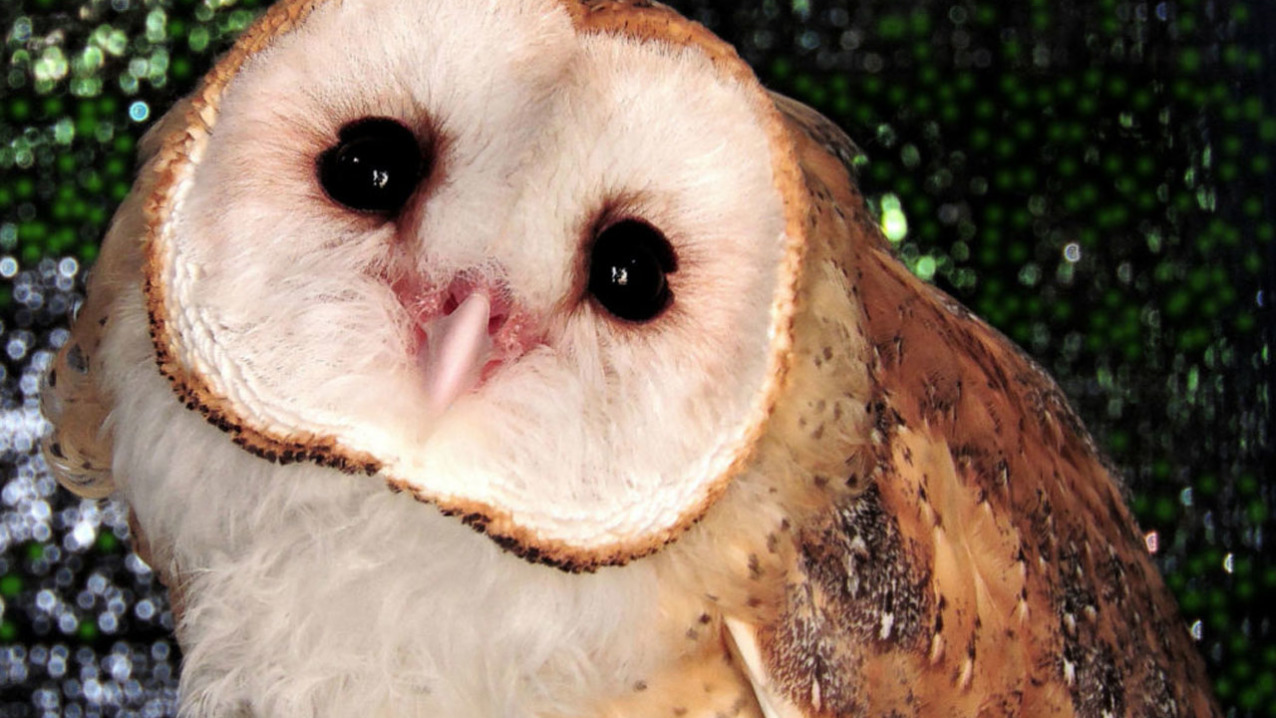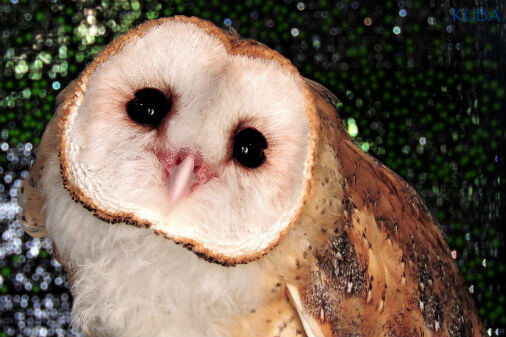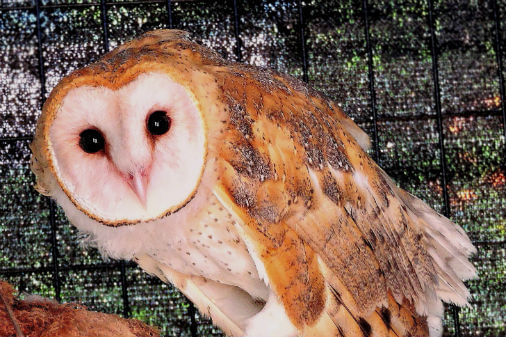tyto alba
Barn Owl
About Me
Scientific Name: Tyto alba
Description
These nocturnal predators are easily identified by their heart-shaped faces. Backs are generally brown or tan, and their undersides are completely white. Unlike most birds, feathering extends all the way to their feet. Special feathers on their wings allow them to fly silently to better ambush their prey.These nocturnal predators are easily identified by their heart-shaped faces. Backs are generally brown or tan, and their undersides are completely white. Unlike most birds, feathering extends all the way to their feet. Special feathers on their wings allow them to fly silently to better ambush their prey.
Fun Facts
The barn owl is the most widely distributed species of owl and one of the most widespread of all birds.
The barn owl is nocturnal over most of its range, but in Britain and some Pacific islands, it also hunts by day.
Kingdom: Animalia
Phylum: Chordata
Class: Aves
Family: Tytonidae
Order: Strigiformes
These nocturnal predators are easily identified by their heart-shaped faces. Backs are generally brown or tan, and their undersides are completely white. Unlike most birds, feathering extends all the way to their feet. Special feathers on their wings allow them to fly silently to better ambush their prey.
Like all raptors, Barn Owls are carnivorous. As predators, they specialize in taking small animals, especially rodents.
Barn Owls are found throughout the globe, in Europe, Africa, Asia, Austrailia, and the Americas. They can inhabit a wide range of ecosystems, so long as there is ample cover and abundant prey.
The preferred hunting method for this bird is to scan a favored hunting territory from a high perch, remaining almost stock-still and letting the potential prey reveal itself. Once a target is located, the owl swoops in from behind and strikes with its long, sharp talons.
Breeding occurs year around and several broods may be raised in a year. Eggs are laid in natural or man-made cavities such as tree holes, caves, or under bridges. In some cases, parents will dig holes for themselves along river banks. Females are responsible for incubating the eggs for about one month until they hatch. During this time, the male is tasked with providing enough food for her, and eventually the chicks as well. Two weeks after the eggs hatch, the female also hunts to feed the young. At about two months of age, the chicks fledge. Although able to take care of themselves, the young will often return to the nest to sleep for several more weeks.
Barn owls are abundant world wide and are not threatened with extinction.
Our Barn Owl, Bubo-no-no, was brought to us as a chick by the Hawaiian Electric Company. Because Barn Owls do not belong in Hawaii, he was given a permanent home at the Honolulu Zoo.
http://www.audubon.org/field-guide/bird/barn-owl
Other Birds
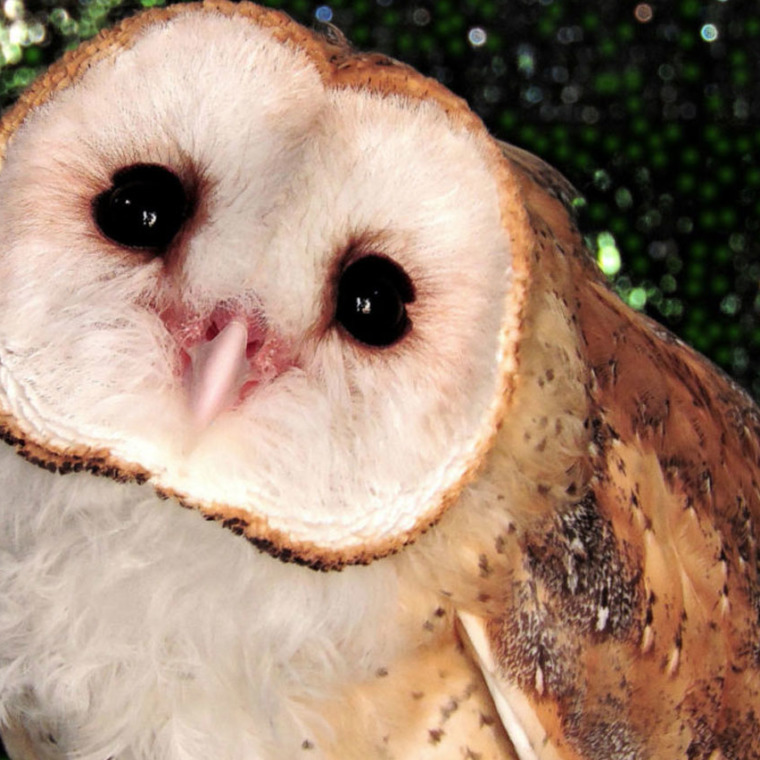
Barn Owls are found throughout the globe, in Europe, Africa, Asia, Austrailia, and the Americas
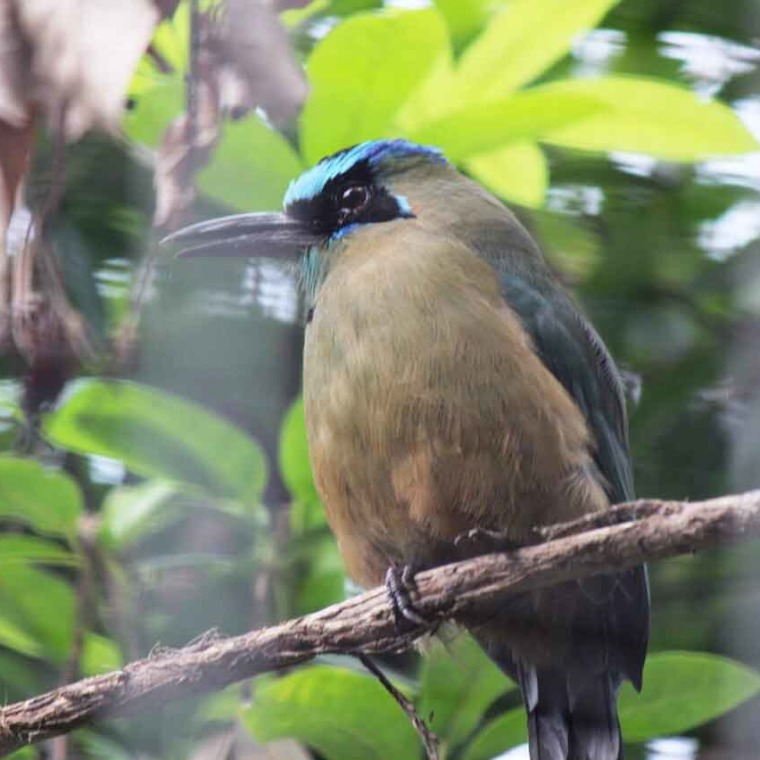
This animal can grow over a foot in length! Motmots possess a serrated beak and red eyes, with a black mask that encircles their heads.
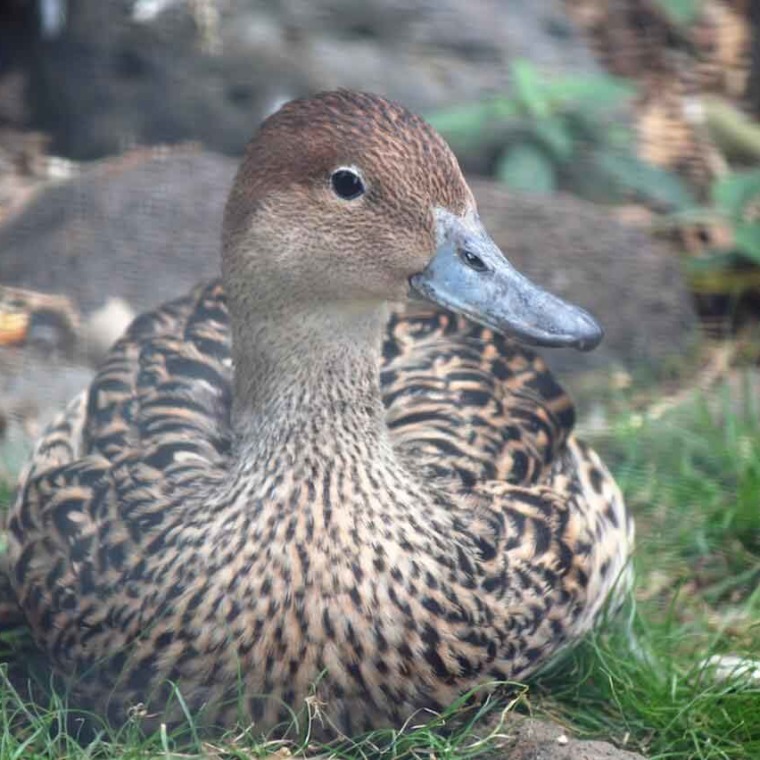
Koloa maoli are very secretive and difficult to observe except in protected areas such as Hanalei National Wildlife Refuge on Kauai.
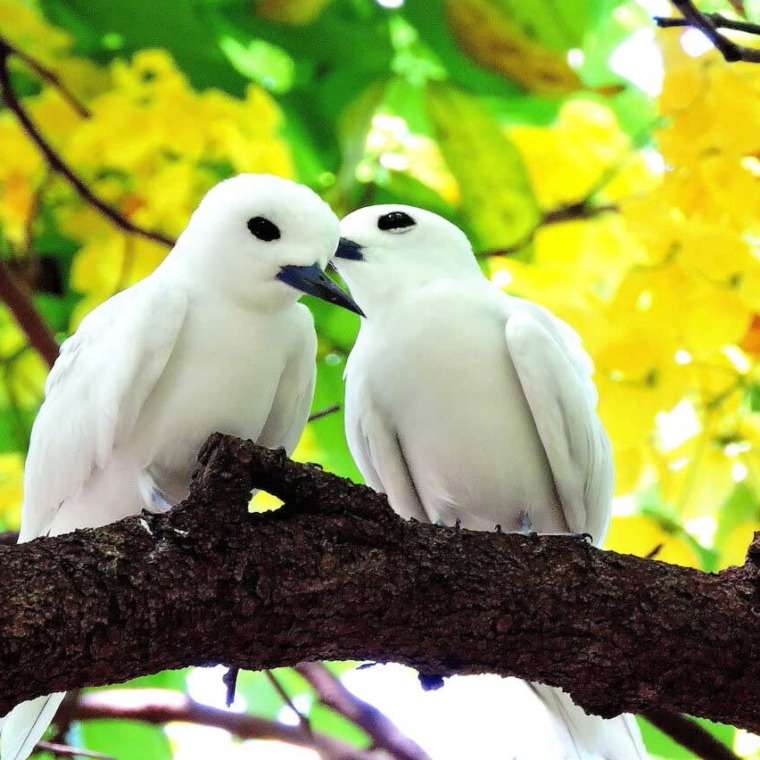
This bird is found primarily on islands, and has a wide ranger across the equatorial band of every ocean on Earth, save for the Arctic Ocean, which does not cross the equator.
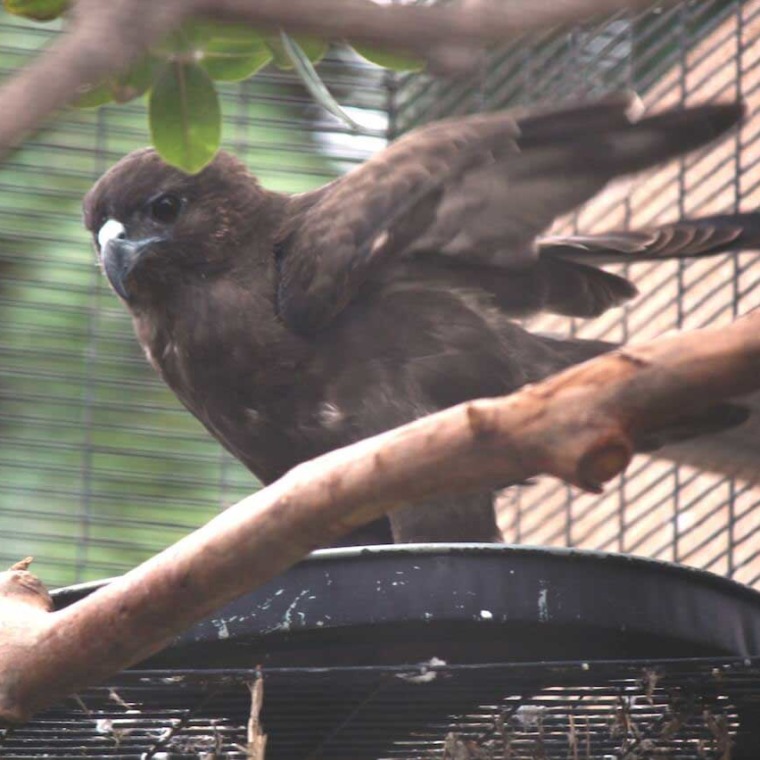
’Io prefer to hunt from tall perches that they use to survey their prey; however, they are known to dive at targets from mid-flight if the opportunity presents itself. are territorial and come together only to breed.


